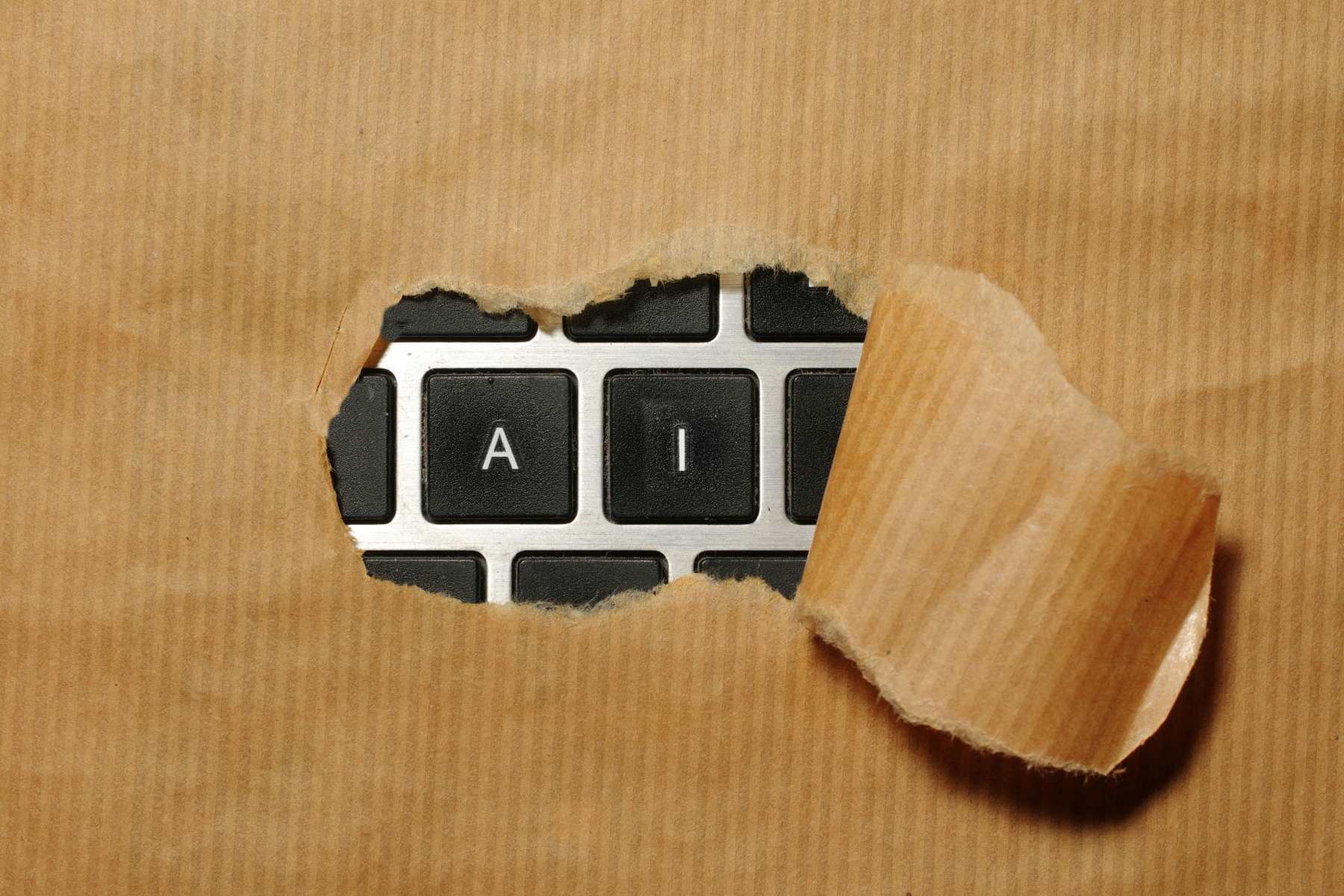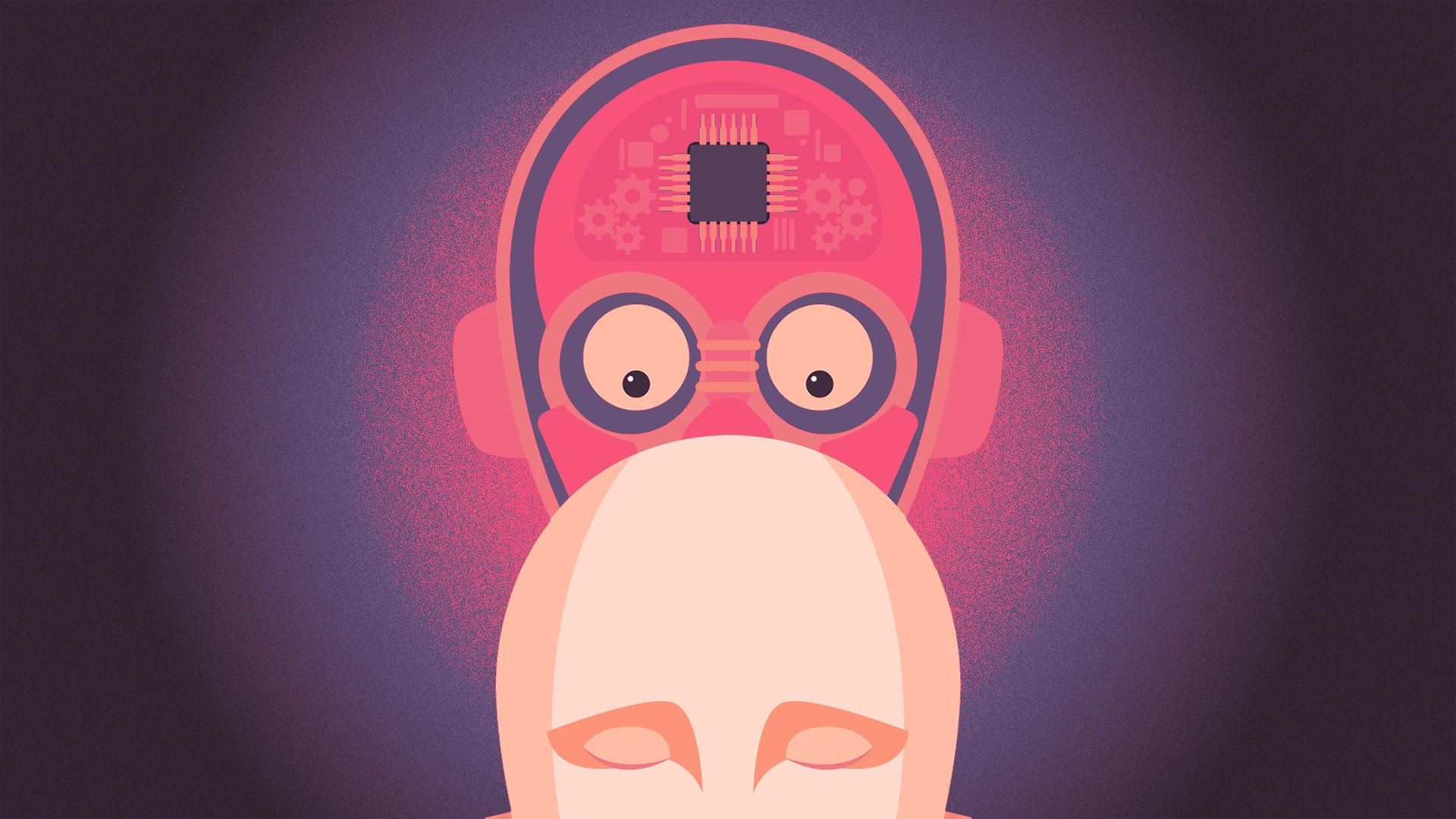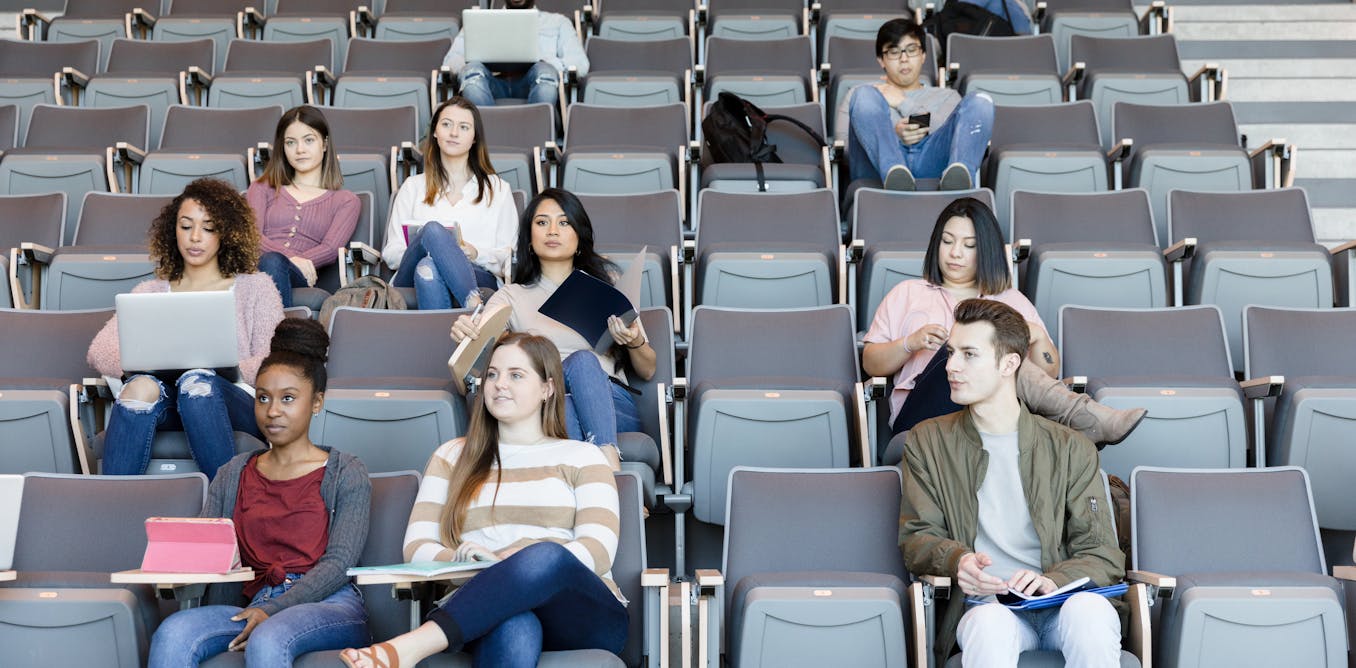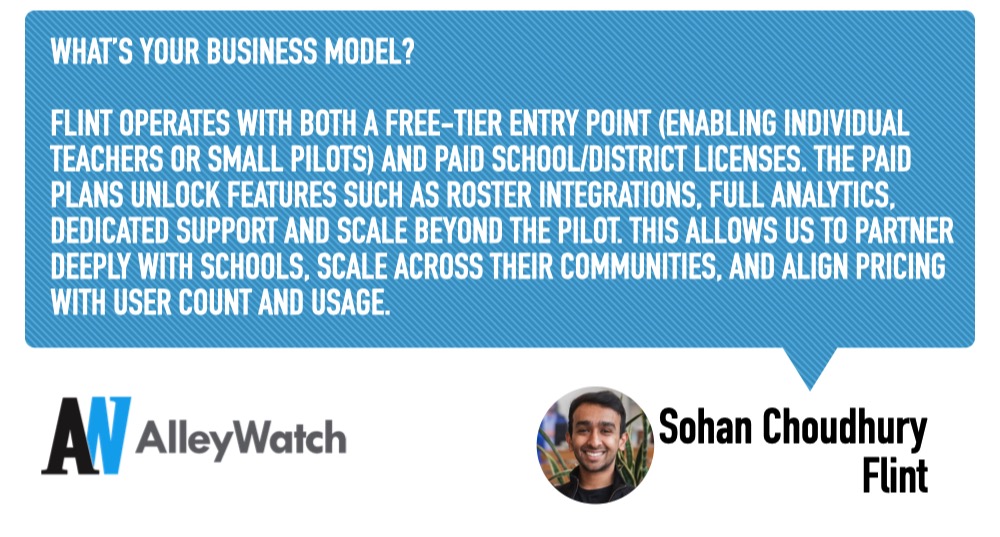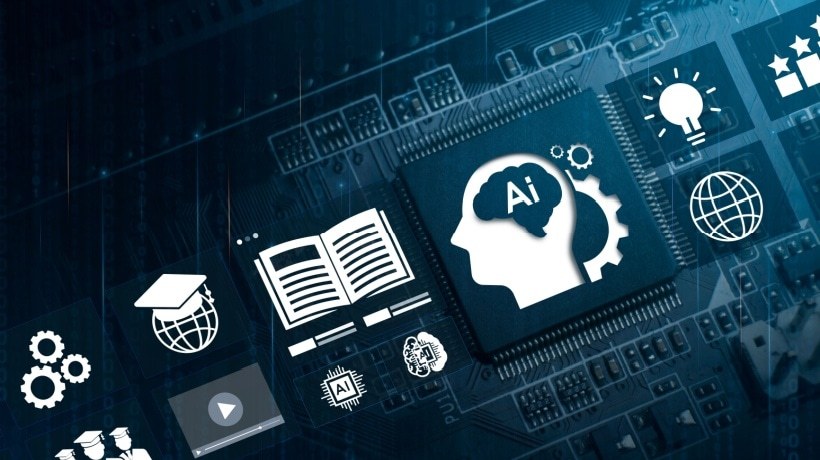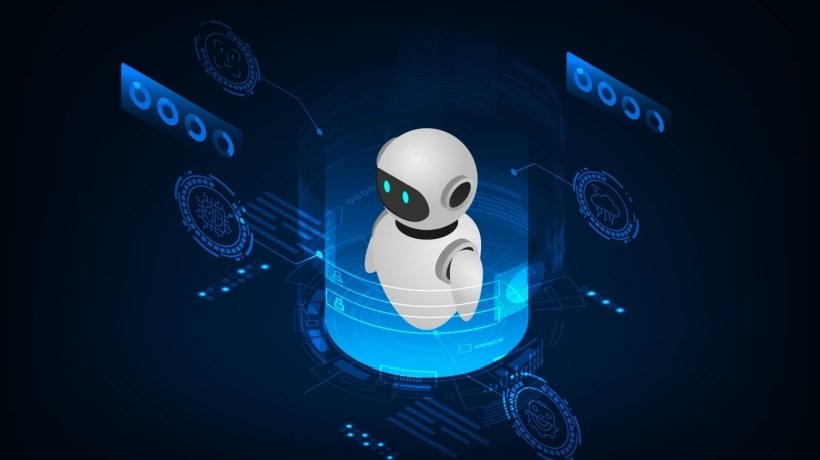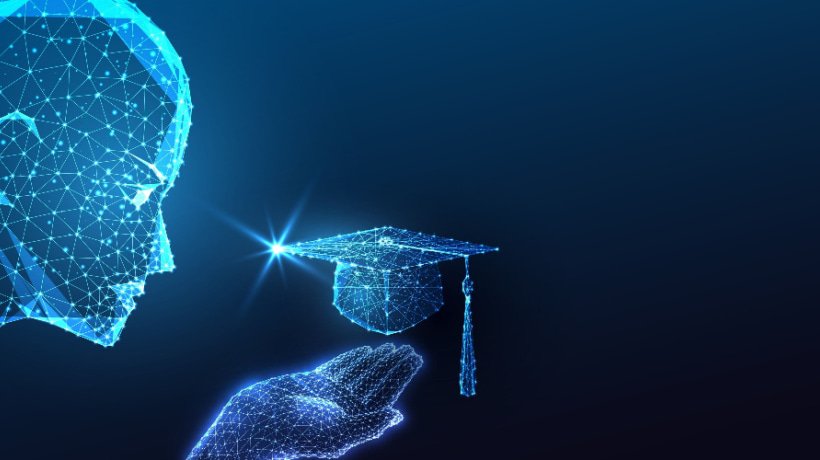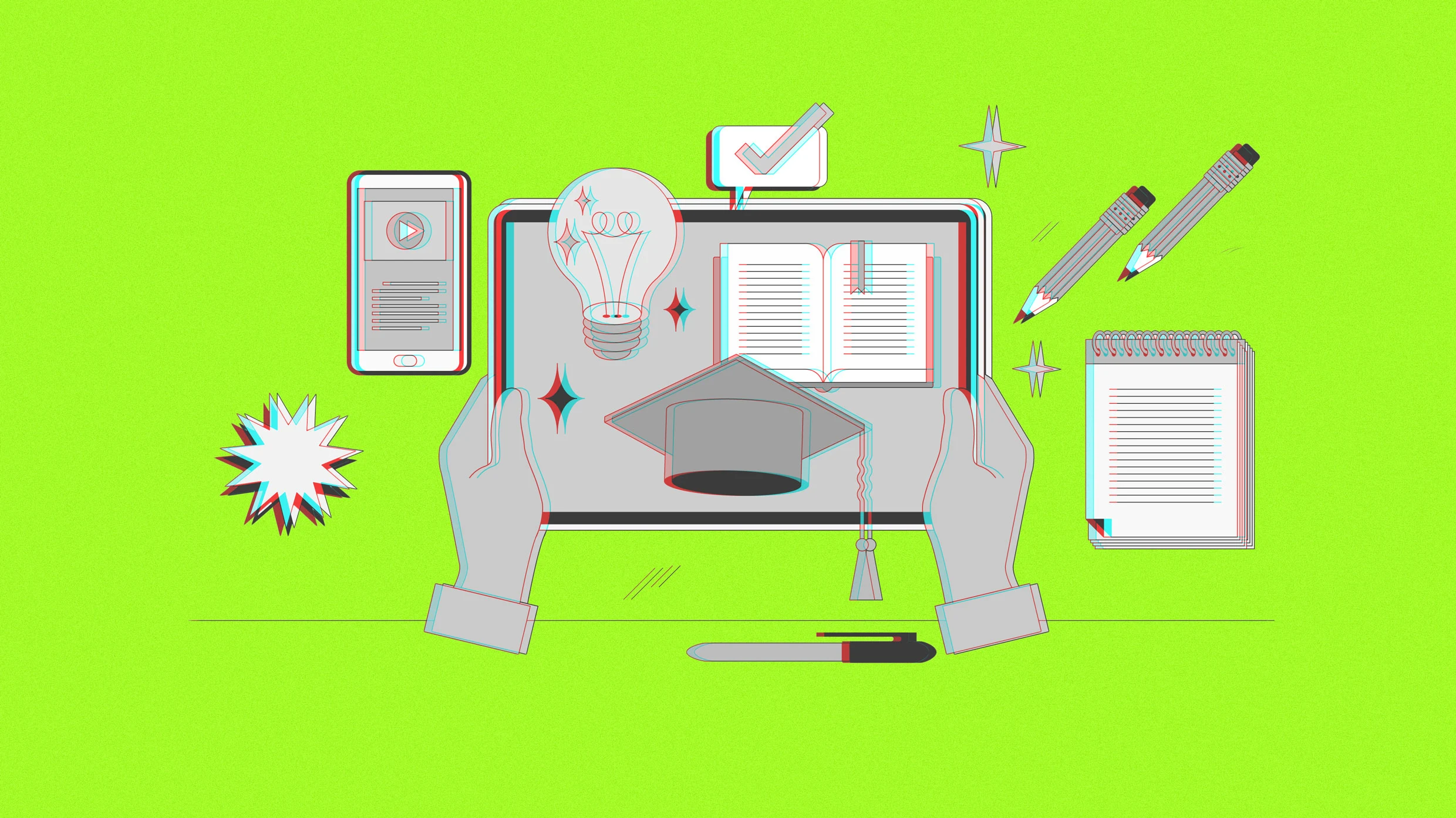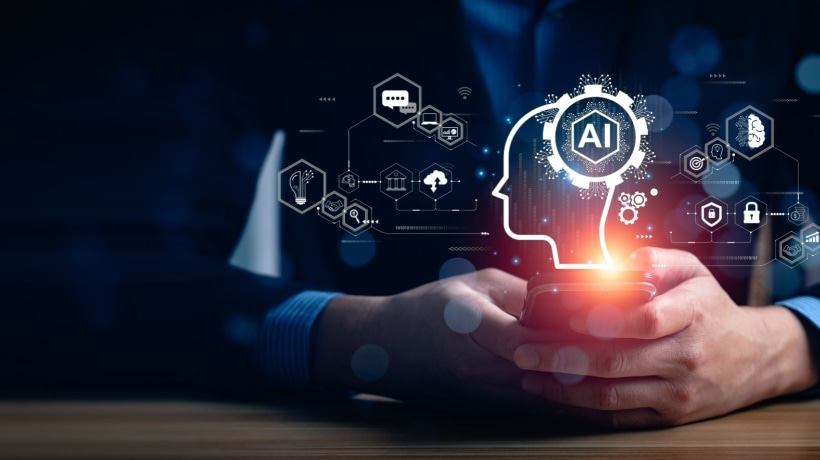#ai-in-education
#ai-in-education
[ follow ]
#academic-integrity #personalized-learning #critical-thinking #adaptive-learning #large-language-models
fromeLearning Industry
6 days agoHow Can Cloud Deployment Solve High Maintenance Costs And Slow Feature Deployment In Legacy LMS?
As AI becomes integral to modern learning, these platforms are now expected to deliver predictive insights, automated workflows, and highly personalized learning experiences. Yet many providers still operate legacy LMS systems, unable to support modern workloads or data-intensive features. These platforms are rigid, costly to maintain, and slow to update. Release cycles can often stretch into quarterly or annual updates, creating a widening gap between user expectations and the platform's capabilities.
Education
fromComputerWeekly.com
1 week agoGoogle DeepMind partners with UK government to deliver AI | Computer Weekly
It includes the potential for a new AI system, Gemini for Government, which the government hopes will cut bureaucracy, automate routine tasks and free up civil servants to focus on improving services for people. Through the partnership, Google DeepMind said its existing cutting-edge AI models will be made available to UK scientists. These include tools like AlphaGenome, which uses AI to sequence strands of DNA and spot potential weaknesses; and AI Co-scientist, supporting researchers to generate new theories and research proposals.
Artificial intelligence
fromMedium
1 week agoChatGPT talks too much and it's ruining learning
Ask any instructor what helps students learn, and it's unlikely any of them will answer "a really big wall of text". It's incredible to me, as both a university instructor and a UX designer, that the army of people working at OpenAI are not imagining better tools for our students. I want to walk you through a design pattern in ChatGPT that, despite its good intentions, might be creating unintended hurdles for students.
Higher education
fromABC7 San Francisco
1 week agoColin Kaepernick launches AI storytelling tool to help boost student literacy
SAN FRANCISCO (KGO) -- Colin Kaepernick is launching a new AI platform to help boost student literacy. "It can help ask questions to get those ideas to come to life for you to explore areas that you don't know, to explore and one of the things that we often talk about is - we don't know what we don't know," Kaepernick said. The AI tool called "Lumi" is designed to help students create and publish stories while building reading skills.
Education
fromFast Company
1 week agoThe future of work can't wait
The U.S. workforce is facing a pivotal challenge: A widening skills gap that threatens economic growth and innovation. While demographic trends-like declining birth rates and a shrinking pipeline of young workers-are real, the more actionable issue is the growing mismatch between the skills employers need and those available in the labor market.
Artificial intelligence
fromFortune
2 weeks agoHow upcoming business leaders are using AI to prep for high-stakes deal negotiations-and everyday interactions | Fortune
Every student at the school has access to Perplexity Pro, and she's tapped ChatGPT as well, even creating a custom GPT for building negotiation skills that she continues to tweak and improve. "I want my students to think about how these tools can help them to prepare for a negotiation, how they can help them practice their negotiations, and how they can support them when they're stuck in negotiations," she said. "It could be for that bigger moment, but a lot of times, it's all the steps leading up to it."
Higher education
fromBusiness Insider
2 weeks agoAI didn't break college - it exposed a broken system, a professor says
When Steven Mintz, a history professor at the University of Texas at Austin, opened 400 essays from his students, he noticed something uncanny. The sentences were the same. The structure was the same. Even the conclusions matched. In a LinkedIn post, Mintz said this wasn't a cheating crisis but a pedagogy crisis. For years, he said, universities have operated like factories: mass lectures, standardized prompts, and rubric-driven grading handled by what he described as overworked teaching assistants.
Higher education
Education
fromFast Company
3 weeks agoHow 'Sesame Street' is navigating funding cuts, new media habits, and leaving HBO for Netflix
Sesame Workshop combines Netflix and PBS distribution, embraces risk while protecting trust, and prioritizes children's emotional well-being and kindness amid funding, media, and AI challenges.
fromeLearning Industry
4 weeks ago10 Human-Centered Ways To Use LLMs In Live Tutoring
While AI tutors can provide personalized feedback, they cannot yet replicate what human tutors do best: connect, empathize, and build trust. AI can simulate dialogue, but it lacks emotional understanding. Human tutors perceive tone, hesitation, and body language, nonverbal cues that reveal engagement and comprehension. They also navigate ethical and cultural complexities, exercising moral judgment that AI simply doesn't possess.
Education
Higher education
fromInside Higher Ed | Higher Education News, Events and Jobs
1 month agoPodcast: Teaching Alongside Generative AI for Student Success
Colby College built Mule Chat, a student-supported platform for safely comparing and exploring multiple large language models to inform teaching and learning choices.
fromwww.scientificamerican.com
1 month agoHow One Mom Used Vibe Coding to Build an AI Tutor for Her Dyslexic Son
Gajilan, who has worked at Reuters for more than 14 years and was then digital news director, had been reading about artificial intelligence and custom GPTstailored AI models that users could configure for specific tasks. After confirming her data would be private, she fed one of the models Tobey's report cards, neuropsychological evaluations and individualized education programs for his dyslexia. She also gave it his interests: dragons from the book series Wings of Fire, battles with Nerf guns, a song or two from Hamilton.
Education
fromeLearning Industry
1 month agoNeuroadaptive Learning And The Rise Of Brain-Computer Interfaces In Education
Not long ago, the idea of computers understanding how students feel or think sounded like science fiction, but today, it is becoming a reality. This is called neuroadaptive learning, and it's basically a combination of education, neuroscience, and AI. This approach allows learning systems to adapt in real time based on what's happening in a student's brain, creating a personalized and responsive experience.
Education
fromLos Angeles Times
1 month agoHomework faces an existential crisis. Has AI made it pointless?
Research released this month suggests that AI has become fully embedded in how students respond to homework and other assignments. The percentage of high school students who report using generative AI for schoolwork is growing, increasing from an already high 79% to 84% between January and May of this year, according to surveys conducted by College Board, the nonprofit that manages much of the nation's standardized tests, including the SAT.
Education
fromThe Atlantic
1 month agoWhy I'm Not Freaking Out About My Students Using AI
I'm pretty sure that two generations ago, they would have been more like I was: always with their nose in some volume, looking up only to cross the street or to guide a fork on their plates. But today, even in our book-crammed home, where their father is often in a cozy reading chair, their eyes are more likely to be glued to a screen.
Books
fromeLearning Industry
1 month agoHow AI And Machine Learning Are Revolutionizing Personalized eLearning Experiences
Artificial Intelligence (AI) and Machine Learning (ML) are the most useful technologies, which are reshaping online learning today. From course suggestions based on the learner's previous coursework to tutoring systems that use AI capabilities, these technologies can build a smarter, data-driven learning experience that adapts to the pace and learning approach of every student. AI in eLearning isn't just about automating actions; it's about providing personalized learning paths that foster engagement, improve the retention of content.
Online learning
fromInside Higher Ed | Higher Education News, Events and Jobs
1 month agoWithout AI "Quiet Cars," Learning Is At Risk
In the late 1990s, a group of commuters would board the early-morning Amtrak train from Philadelphia to Washington, D.C. They'd sit in the first car behind the locomotive, enjoying communal, consensual silence. Eventually and with the conductor's help, their car was officially designated as a noise-free zone. Soon after, Denise LaBencki-Fullmer, an Amtrak manager, recognized the value of a peaceful ride and institutionalized the program as the quiet car. At the request of passengers, it soon spread to a number of other commuter services.
Higher education
fromwww.theguardian.com
1 month agoInside San Francisco's new AI school: is this the future of US education?
Alpha School San Francisco, which opened its doors to K-8 students this fall, is the newest outpost of a network of 14 nationwide private schools. Its learning model entails just two hours of focused academic work per day, during which the school says students can learn twice as fast as their counterparts in traditional schools with the help of artificial intelligence.
Artificial intelligence
Higher education
fromBusiness Insider
2 months agoThe real danger of AI in education isn't cheating - it's dependency on Big Tech algorithms, a business professor warns
AI adoption in education is shifting control over knowledge to Big Tech algorithms, causing students to outsource judgment and weaken critical evaluation.
fromBusiness Insider
2 months agoAI is reshaping the teenage brain - and an Oxford study says it is making students faster, but shallower thinkers
A new report from Oxford University Press, which surveyed 2,000 UK students ages 13 to 18 in August, found that eight in 10 of the teenagers interviewed use AI tools for their schoolwork, and nearly as many turn to them for homework help. Many students said these tools are helping them "think faster" and "solve difficult questions," but experts warn that this new fluency may come at a cost.
Education
Online learning
fromInside Higher Ed | Higher Education News, Events and Jobs
2 months agoSam Altman-Backed Campus Acquires AI Start-Up
Campus acquired Sizzle AI to integrate AI-generated interactive content, enable personalized student tracking, and accelerate platform development while adding Jerome Pesenti as CTO.
Artificial intelligence
fromFortune
2 months agoPerplexity's 31-year-old CEO horrified after getting tagged by a student using his free AI browser to cheat: 'Absolutely don't do this' | Fortune
Perplexity's Comet browser can autonomously complete student assignments in seconds, enabling cheating and posing security risks despite the company's warning to avoid misuse.
fromTheregister
2 months agoClassrooms embraced AI - training didn't keep up, CDT warns
Remarkably, only half of students say they use AI for schoolwork, while even more report personal use (73 percent). Those non-academic uses of AI raise more alarms, as 42 percent of students said they or someone they know has used AI for mental health support, companionship, or a way to "escape from real life." Nearly a fifth of students (19 percent) said they or someone they know has even formed a romantic relationship with an AI chatbot.
Artificial intelligence
fromInside Higher Ed | Higher Education News, Events and Jobs
2 months agoPodcast: How AI Can Smooth College Credit Transfer
Upward transfer is viewed as a mechanism to provide college students with an accessible and affordable on-ramp to higher education through two-year colleges, but breakdowns in the credit-transfer process can hinder a student's progress toward their degree. A recent survey by Sova and the Beyond Transfer Policy Advisory Board found the average college student loses credits transferring between institutions and has to repeat courses they've already completed. Some students stop out of higher education altogether because transfer is too challenging.
Higher education
fromFortune
2 months agoChange the World: How CEOs use 'business for good' to attract talent and build customer loyalty | Fortune
Good morning. This week, Fortune published our 11 th annual Change the World list, a compendium of 50 companies that are using the creative forces of capitalism to tackle big social problems. These companies are doing well by doing good, so to speak: They've figured out how to make money selling products and services that have a positive impact on people and the planet. Here are this year's honorees.
Business
Higher education
fromInside Higher Ed | Higher Education News, Events and Jobs
2 months ago2 Professors Teach About AI Using Print Book
Assigning a full book restores deep, critical reading and peer discussion among STEM students, countering superficial chatbot reliance and declining reading proficiency.
Higher education
fromBusiness Insider
2 months agoAI has turned college exams into a 'wicked problem' with no obvious fix, researchers warn
Artificial intelligence has made university assessment a complex, unsolvable "wicked problem" forcing educators into continuous compromise, iteration, and impossible trade-offs.
fromInside Higher Ed | Higher Education News, Events and Jobs
3 months agoStrategies for Personalized Learning in AI Age (opinion)
New advances in artificial intelligence break news at such a rapid pace that many of us have difficulties keeping up. Dinuka Gunaratne gave a detailed summary of many different AI tools in his "Carpe Careers" article published in July; yet more tools will likely appear in the next months and years in an exponential explosion. How do we, as educators (new and established Ph.D.s) design curriculum and classes with these new AI tools being released every few weeks?
Education
Higher education
fromAbove the Law
3 months agoTraining Young Lawyers In The Age Of AI: A Riddle Wrapped In A Mystery Inside An Enigma - Above the Law
Law schools must teach generative AI skills and restructure assessments toward real-time, skills-based evaluation to preserve and develop critical legal thinking.
fromInside Higher Ed | Higher Education News, Events and Jobs
3 months agoTeaching American Government During Trump II
But so many of the basic tenets we used to take as settled just aren't anymore. Remember checks and balances? There was a time when we assumed that no one branch of the federal government could dominate the other two to such an extent as to render precedent irrelevant. Yet, here we are. I'd have a hard time teaching checks and balances with a straight face now.
US politics
fromThe New Yorker
3 months agoLetters from Our Readers
I frequently meet patients with lupus whose disease has caused severe neuropsychiatric symptoms, and watching them emerge from their cognitive cocoons after immunosuppressive treatment is always breathtaking. Other autoimmune neurologic phenomena can present in equally bizarre ways. Some people with antiphospholipid syndrome-a condition associated with the formation of blood clots-can experience chorea (involuntary muscle movements)or acute changes in cognition (one of my patients was diagnosed after becoming markedly confused).
Medicine
fromPsychology Today
3 months agoHow AI Impacts Academic Thinking, Writing and Learning
Researchers Deng et al. (2025) recently asked: Does ChatGPT enhance student learning? They conducted a meta-analysis including 69 studies published from 2022 to 2024. Looking at the overall effects across all studies, they concluded that ChatGPT enhances academic performance, affective-emotional states, and higher-order thinking propensities, while also reducing mental effort. However, Weidlich et al. (2025) identified several flaws in the meta-analysis.
Artificial intelligence
fromFortune
3 months agoThis Stanford computer science professor went to written exams 2 years ago because of AI. He says his students insisted on it
He said it seemed like breakthroughs in AI would be exponential to the point where "it will just do research for us, so what do we do?" He said he spent a lot of time talking with students at the PhD level about how to organize themselves, even about what their role in the world would be going forward. It was "existential" and "surprising," he said. Then, he received another surprise: a student-led request for a change in testing.
Artificial intelligence
fromZDNET
3 months agoPerplexity's $200 AI browser is free for students now - with more discounts to keep using it
Like it or not, artificial intelligence is becoming a fixture in the classroom. This is being pushed along at a brisk pace by tech companies eager to get their products into the hands of millions of students. On Thursday, Perplexity became the latest AI developer to offer a back-to-school special: Students can access of Comet, the company's AI-centered web browsing platform that debuted in July to rival Google's Chrome and Apple's Safari. The browser is currently available through Perplexity Pro, which costs $200 annually.
Online learning
[ Load more ]
